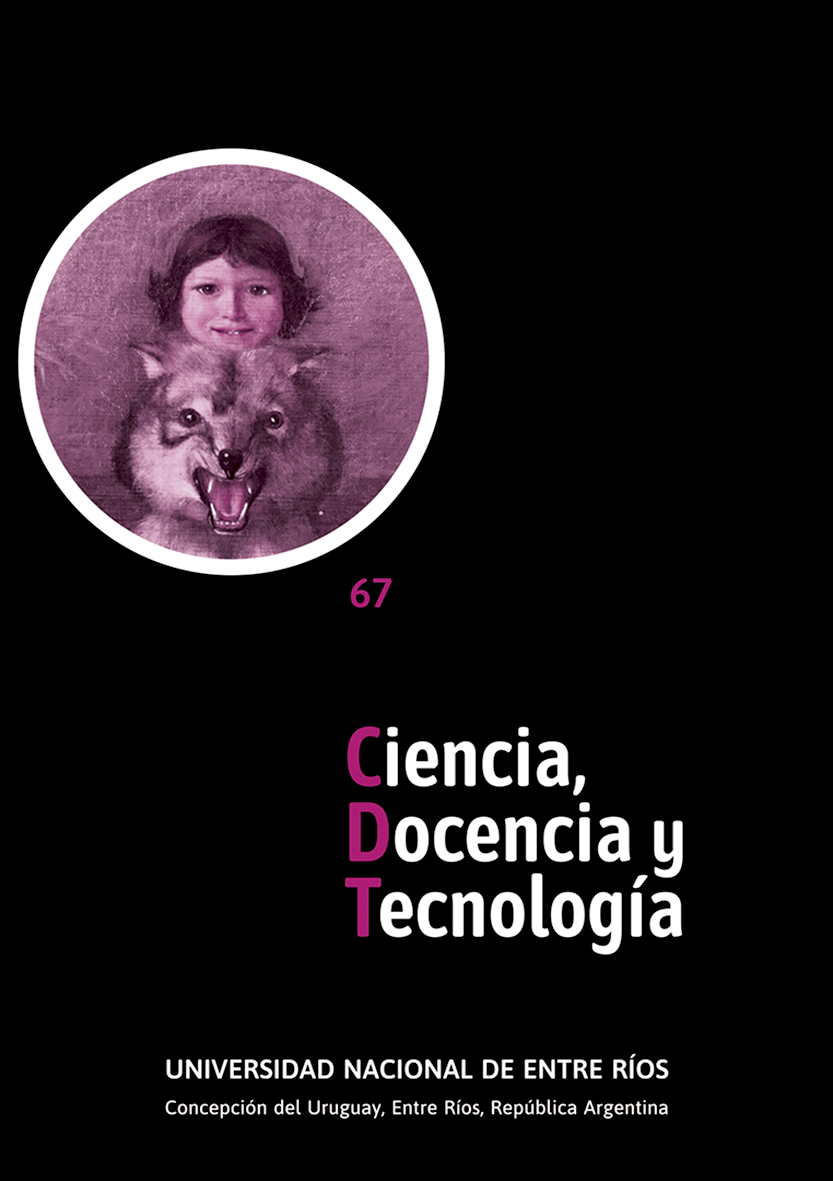Has long-term planning ever been attempted? The case of satellite telecommunications in Argentina
DOI:
https://doi.org/10.33255/3467/1408Keywords:
technological development planning, satellite telecommunications, controversies, meaning construction processes, ARSAT satellitesAbstract
This article analyzes the emergency process of the ARSAT-1 and -2 satellites, addressing i) their planning process, ii) their subsequent construction, and iii) the sale of satellite telecommunications services resulting from these technological developments. From the planning process, both the prose of the Argentine Geostationary Satellite Plan and its unfinished implementation process are analyzed in this forum. In addition, the close links that existed between the Argentine political dynamics and the relative relevance of this initiative in the Argentine government agenda are addressed. Controversies and discrepancies between the actors linked to the development of a very incipient Argentine satellite industry allow, on the one hand, to explain this interruption in the trajectory and, on the other, to estimate what kind of effort (in terms of coordination of future actions) will be necessary to be able to re-plan telecommunications satellite projects. This paper aimed to study the political dynamics related to this embryonic Argentine satellite industry vis-à-vis its technological developments and management practices for the commercialization of telecommunications services.
Downloads
References
BIANCHI VILELLI, M. y Rus, G. (2016) El futuro llegó. Plan satelital geoestacionario argentino
-2035. Ley 27.208 de desarrollo de la industria satelital. OINK SRL.
CALLON, M. (1981). Struggles and negotiations to define what is problematic and what is not.
En K. D. Knorr, R. Krohn y R. Whitley (comps.). The Social Process of Scientific
Investigation (pp. 197-219). D. Reidel.
CALLON, M. (1986). Some elements of a sociology of translation: Domestication of the
scallops and the fishermen of St Brieuc Bay. En J. Law (comp.) Power, Action and
Belief. A new sociology of knowledge? (pp. 196-229). Routledge & Keegan Paul.
COLLINS, H. (2009). Cambiar el orden. Replicación e inducción en la práctica científica.
Universidad Nacional de Quilmes Editorial.
COLLINS, H. y Pinch, T. (1996). El gólem: Lo que todos deberíamos saber acerca de la
ciencia. Editorial Crítica (Drakontos).
CROZIER, M. y Friedberg, E. (1990). El actor y el sistema. Las restricciones de la acción
colectiva. Alianza Editorial Mexicana.
CZARNIAWSKA, B. (1997). Narrating the Organization. The University of Chicago Press.
CZARNIAWSKA, B. (1998). A narrative approach to organization studies. Qualitative Research
Methods, 43.
DENZIN, N.K. (1970). The Research Act. Aldine Publishing.
DENZIN, N.K. (1975). The Research Act. A theoretical introduction to sociological methods.
McGraw Hill.
DENZIN, N.K. (1989). Strategies of Multiple Triangulation. The research act: A theoretical
introduction to sociological methods. McGraw Hill.
ENSINCK, M.G. (18 de julio de 2017). Arsat y la estadounidense Hughes crearán una nueva
empresa para construir el tercer satélite argentino. El Cronista, sección Negocios.
FOUCAULT, M. (1997). La arqueología del saber. Siglo Veintiuno Editores.
GARFINKEL, H. (1967). Studies in Ethnomethodology. Prentice Hall.
GRANT, D., Hardy, C., Oswick, C. y Putnam, L.L. (eds.) (2004). The Sage Handbook of
Organizational Discourse. Sage.
KNORR CETINA, K.D. (2005). La fabricación del conocimiento. Un ensayo sobre el carácter
constructivista y contextual de la ciencia. Universidad Nacional de Quilmes Editorial.
KNORR Cetina, K.D. (1996). ¿Comunidades científicas o arenas transepistémicas de
investigación? Una crítica de los modelos cuasi-económicos de la ciencia. Revista Redes
(UNQ), III(7), 129-160.
LATOUR, B. (1987). Science in Action. Open University Press.
LATOUR, B. (2008). Reensamblar lo social. Una introducción a la Teoría del Actor-Red.
Ediciones Manantial.
LAW, J. (2004). After method. Mess in social science research. Routledge (Taylor & Francis
Group).
LUGONES, J. M. (2020). Política nuclear y política energética en la Argentina. El Programa
Nucleoeléctrico de la CNEA (1965-1985). [Tesis de posgrado, Universidad Nacional de
Quilmes]. RIDAA-UNQ Repositorio Institucional Digital de Acceso Abierto de la
Universidad Nacional de Quilmes. http://ridaa.unq.edu.ar/handle/20.500.11807/2130
MINTZBERG, H. (1994). The Rise and Fall of Strategic Planning. Nueva York: The Free Press.
PEREZ, R. y Luchetti, K. (comps.) (2014). El sector espacial argentino. Instituciones,
empresas y desafíos. Estudio Pulpografía.
PERTOT, W. (2 de setiembre de 2014). Del ajuste no se salva nada. Página/12, sección País.
PORTER, M. E. (1980). Competitive Strategy. Free Press.
PORTER, M. E. (1985). Competitive Advantage. Free Press.
SEIJO, G. (2016). The complexities of corporate science and technology development: the
triple uncertainty analytical framework. Technology Analysis & Strategic Management,
(7), 841-856.
SEIJO, G. (2017). How to make an artificial satellite out of a nuclear reactor. An exploration of
research-technology emergence and management at INVAP. Prometheus, 35(4), 291-
SERRES, M. (2000). Hermes II. La interferencia. Editorial Amalgesto.
SERRES, M. (2015). El parásito. Co-lectora.
WEICK, K. (1995). Sensemaking in Organizations. Sage.
Published
How to Cite
Issue
Section
License
Copyright (c) 2022 Gustavo Seijo

This work is licensed under a Creative Commons Attribution-NonCommercial-ShareAlike 4.0 International License.
The authors retain the copyright and grant the journal the right to be the first publication of the work, as well as licensing it under a Creative Commons Attribution License that allows others to share the work with an acknowledgment of the authorship of the work and publication initial in this magazine. All content is published under the Creative Commons 4.0 international license: Attribution-Non-Commercial-Share Alike.






